Tech predictions that turned out wrong
Welcome to the fascinating realm of tech predictions, where dreams of a high-tech future often collide with reality. From flying cars to quantum computing, the visionaries of yesteryear have given us much to ponder and chuckle about. Join us as we explore some of the most intriguing predictions that have either fizzled out or transformed in unexpected ways, shaping the tech landscape as we know it today. Buckle up for a lighthearted journey through tech history!
Flying Cars by the Year 2000
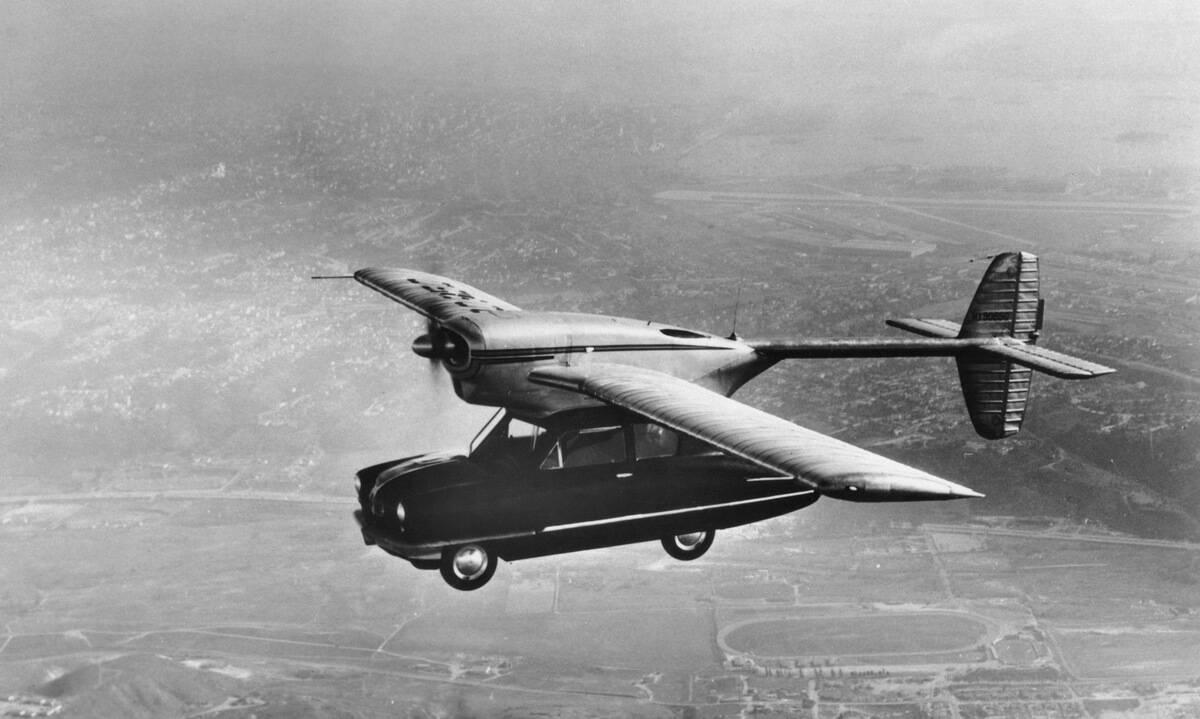
Ah, the age-old promise of flying cars! By the year 2000, we were supposed to be zipping through the skies like characters in The Jetsons. While companies like Terrafugia have made strides in this direction, we’re still far from a world where airborne vehicles are commonplace. Instead, we continue to navigate traffic jams on the ground, dreaming of a day when the sky is truly the limit. Until then, flying cars remain a staple of science fiction.
The Paperless Office Dream

The paperless office, a prediction that seemed so promising, has yet to fully materialize. Despite advances in digital technology, offices today still consume about 12.1 trillion sheets of paper annually. While we’ve made significant progress with cloud storage and digital communication, the allure of printed documents persists. The paperless dream serves as a reminder that old habits die hard, even in an era defined by digital innovation.
Artificial Intelligence: The 2001 Odyssey
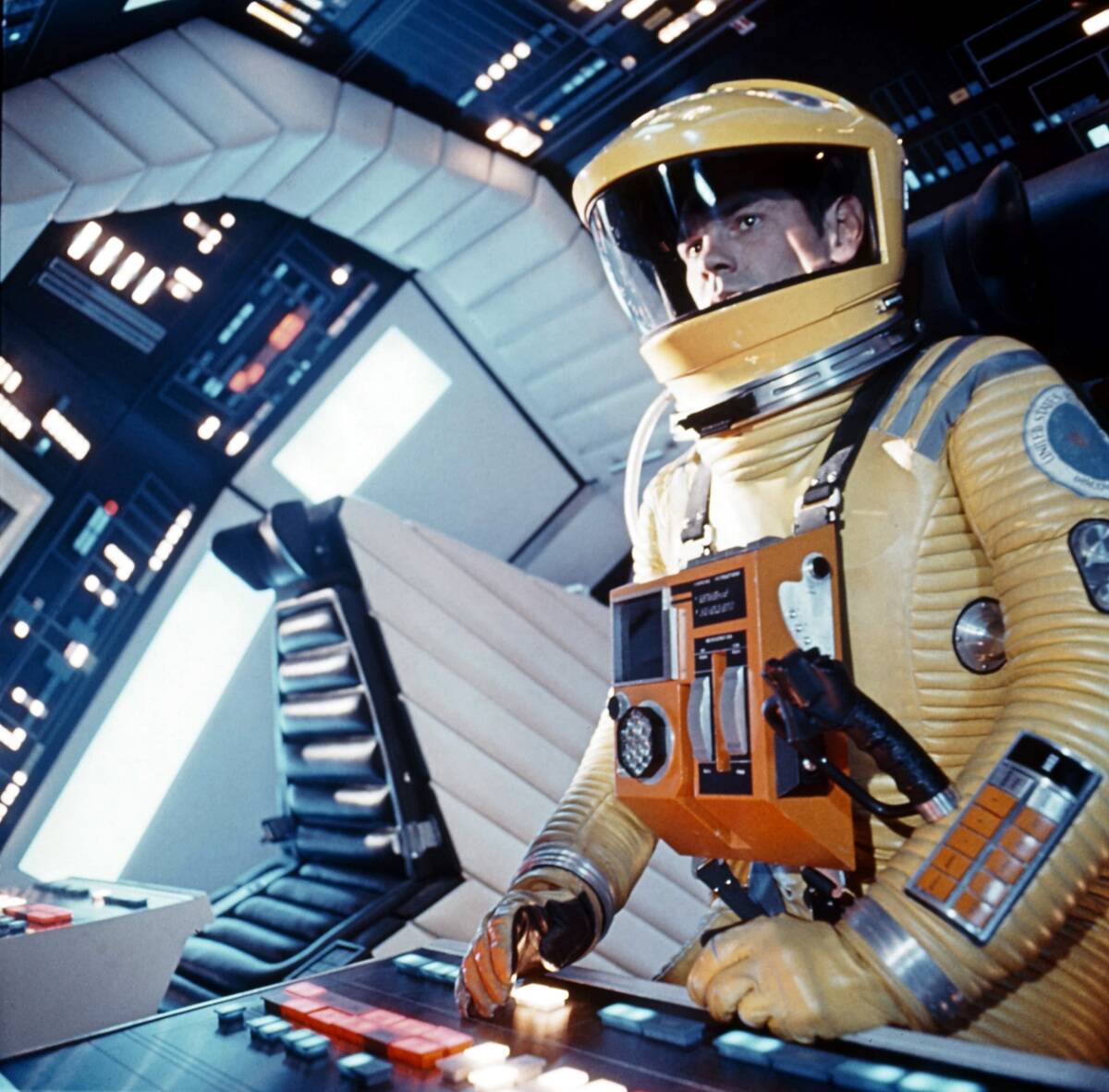
Stanley Kubrick’s 1968 film ‘2001: A Space Odyssey’ painted a future where AI like HAL 9000 was a reality. While AI has indeed advanced, with technologies like Siri and Alexa, it’s not quite the sentient machine we once imagined. Today’s AI excels in specific tasks but lacks the consciousness depicted in films. The journey of AI continues, with each advancement bringing us closer to understanding the true potential of artificial intelligence.
The Internet Bubble: A Dot-Com Delusion

The late 1990s saw the meteoric rise of dot-com companies, fueled by sky-high valuations and speculative investments. By 2000, the bubble burst, erasing billions in market value. Companies like Pets.com became infamous examples of the crash. Yet, this period also laid the groundwork for today’s internet giants. The dot-com bubble is a testament to the volatility of tech markets and the resilience of innovation in the digital age.
Y2K: The Non-Apocalypse

Remember the Y2K scare, when computers were expected to wreak havoc at the stroke of midnight on January 1, 2000? The fear was that systems would malfunction as the year changed from ’99 to ’00. Thanks to dedicated programmers, the crisis was averted, and the world continued to spin. The Y2K non-event serves as a humorous reminder of our occasional tendency to overestimate technological threats and underestimate human ingenuity.
3D TV: The Next Big Thing That Wasn’t
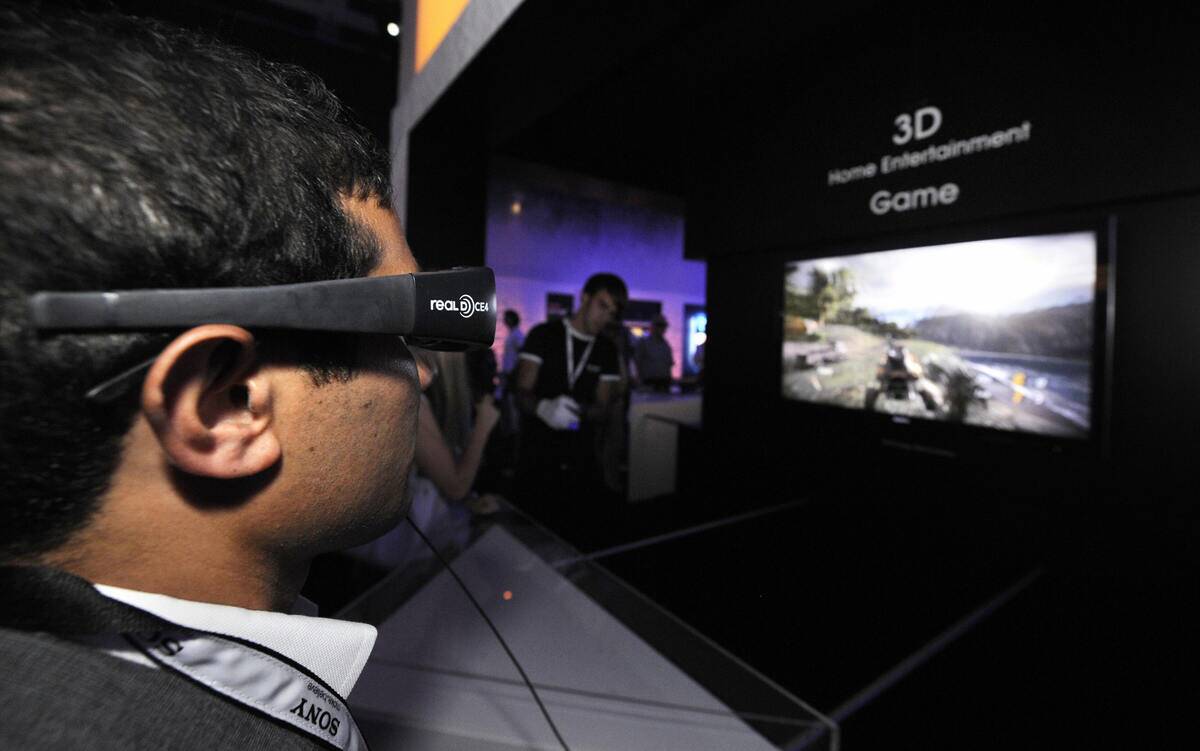
3D TV was touted as the next revolution in home entertainment. Yet, despite the initial buzz, it never quite caught on with consumers. Factors like expensive glasses, lack of content, and viewer discomfort led to its decline. Today, 3D TV is more of a novelty than a household staple. It’s a classic example of how hype doesn’t always translate into lasting success in the tech world, leaving us with fond memories of fleeting technology fads.
The Death of Print Media

The digital age was supposed to spell the end for print media, yet newspapers and books have proven surprisingly resilient. While digital platforms have indeed changed how we consume information, print still holds its ground, with over 600 million books sold annually in the U.S. alone. Print media’s persistence highlights the enduring appeal of tangible reading materials, offering a tactile experience that digital formats have yet to replicate.
Facebook’s Looming Obsolescence

For years, analysts have predicted Facebook’s decline, citing changing user demographics and emerging platforms. Yet, Facebook remains a social media powerhouse, with nearly 3 billion active users as of 2023. While challenges exist, the platform continues to evolve, integrating new features and maintaining its relevance. Facebook’s story underscores the difficulty of forecasting tech obsolescence in an ever-shifting digital landscape.
Cryptocurrency: The End of Traditional Money?

Cryptocurrency has been hailed as the future of finance, promising to upend traditional banking. While Bitcoin and Ethereum have gained traction, they still face regulatory hurdles and volatility. As of 2023, cryptocurrencies represent a small fraction of global transactions. The journey of digital currencies is ongoing, illustrating both the potential and challenges of disrupting established financial systems with revolutionary technology.
Google Glass: The Future of Wearable Tech
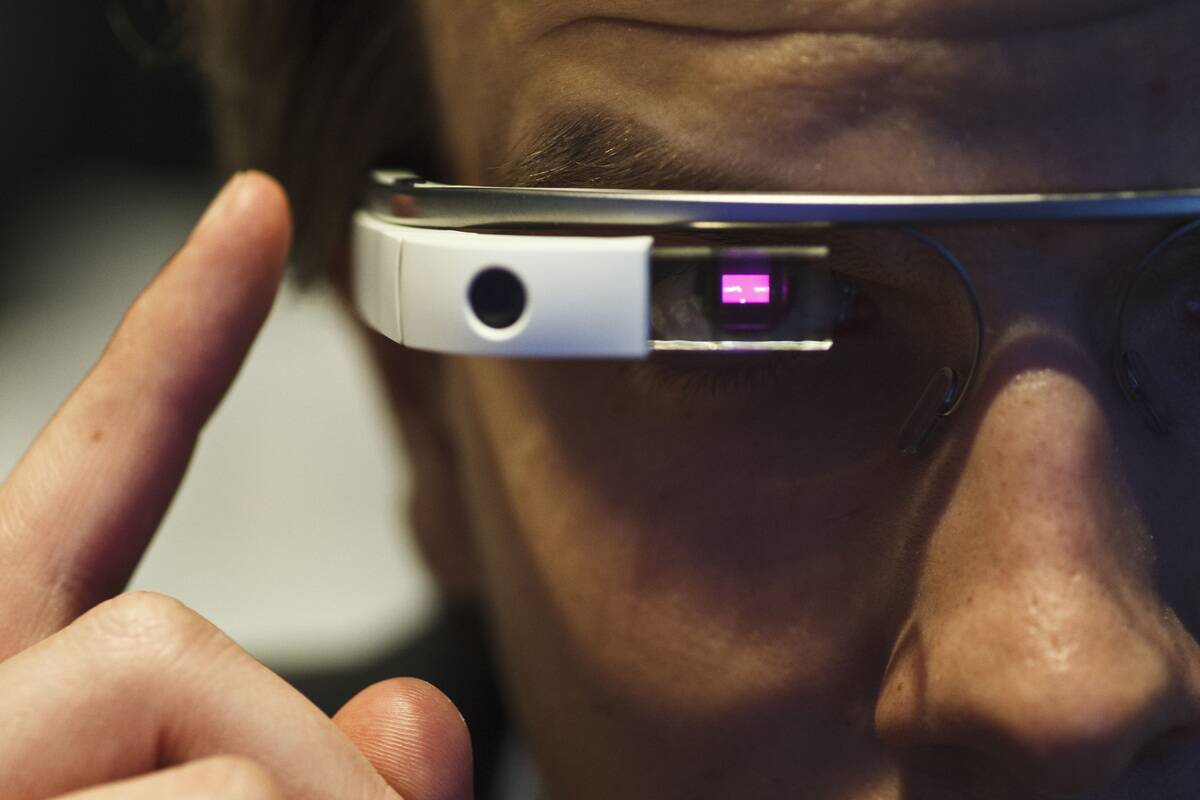
Google Glass was heralded as a pioneer in wearable tech, offering a glimpse into a future of augmented reality. However, privacy concerns and high costs led to its downfall. Despite its commercial failure, Google Glass laid the groundwork for future innovations in wearable technology. Today, smartwatches and other wearables continue to evolve, building on the lessons learned from Google’s ambitious, if premature, foray into augmented reality.
The Rise and Fall of QR Codes
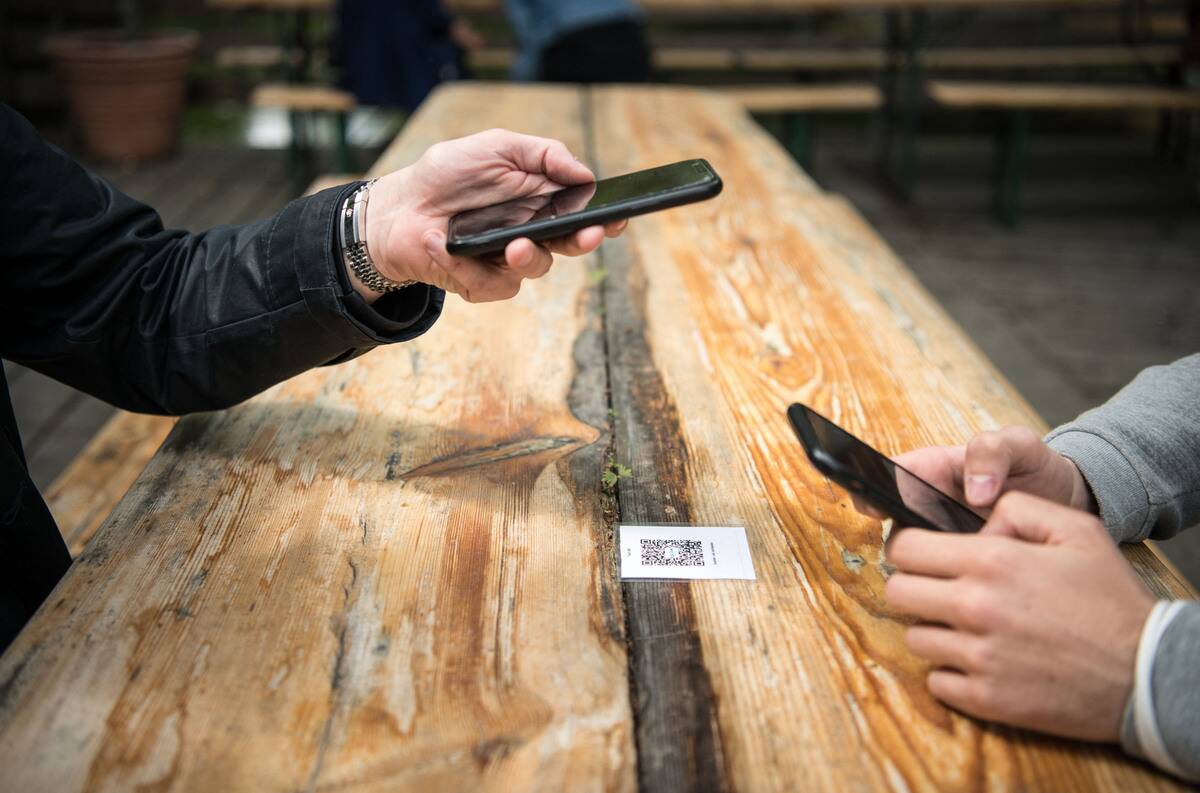
QR codes had a rocky start, initially failing to gain widespread adoption. However, the pandemic breathed new life into them as touchless technology became essential. Restaurants, marketers, and more embraced QR codes for their convenience and versatility. Though initially dismissed, QR codes have found their niche, proving that sometimes, all it takes is the right context for technology to thrive. Their resurgence is a testament to adaptability in tech.
The Eternal Life of Vinyl Records

In an era dominated by digital music, vinyl records have made an unexpected comeback. With sales reaching 41 million units in 2022, vinyl appeals to audiophiles and collectors alike. Its rich sound quality and nostalgic value keep it relevant, resisting the digital tide. The resurgence of vinyl records illustrates the enduring allure of analog formats, offering a sensory experience that digital music struggles to match, keeping the past alive in the present.
The Infamous Segway Revolution
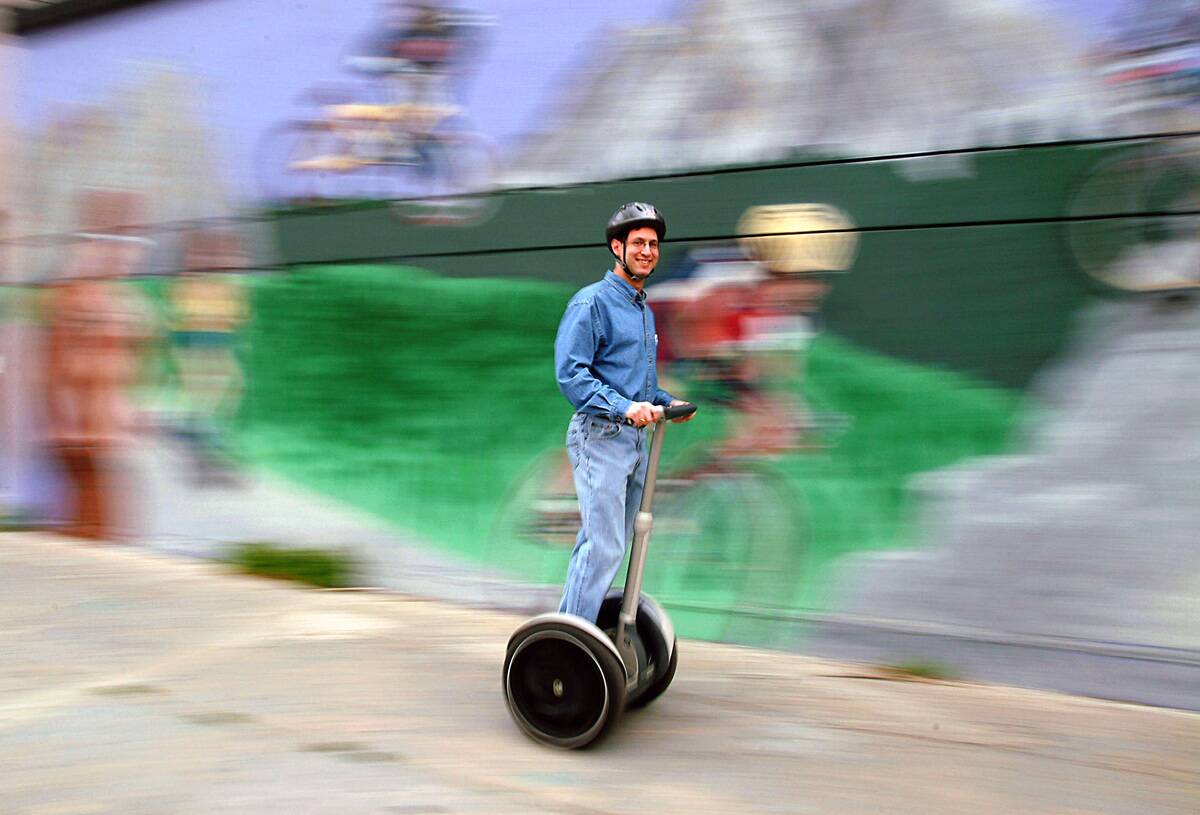
The Segway was hyped as a game-changer for personal transportation. Yet, despite its technological innovation, it never achieved mass adoption, becoming more of a novelty item. Factors like high cost and regulatory challenges stunted its growth. The Segway’s tale is a reminder that even groundbreaking inventions can stumble if they fail to resonate with the public or adapt to market demands. It remains a quirky footnote in tech history.
The Smart Home Takeover That Never Happened

Smart homes, filled with interconnected devices, were envisioned as the norm by now. While smart speakers and thermostats have gained popularity, the full smart home concept remains elusive. Challenges like compatibility issues and privacy concerns persist. The dream of a fully automated home is still on the horizon, hinting at the complexities of integrating technology seamlessly into everyday life. Until then, smart home gadgets are more luxury than necessity.
The Unfulfilled Promise of Quantum Computing

Quantum computing promises to revolutionize computation with unparalleled speed and power. However, practical applications remain limited, with major breakthroughs still needed. As of 2023, quantum computers are mostly used for research, far from replacing classical computers. The slow progress underscores the challenges of harnessing quantum mechanics for computing, offering a humbling reminder that some technological frontiers are more complex than they appear.
Flying Drones: The Delivery Game Changer That Didn’t
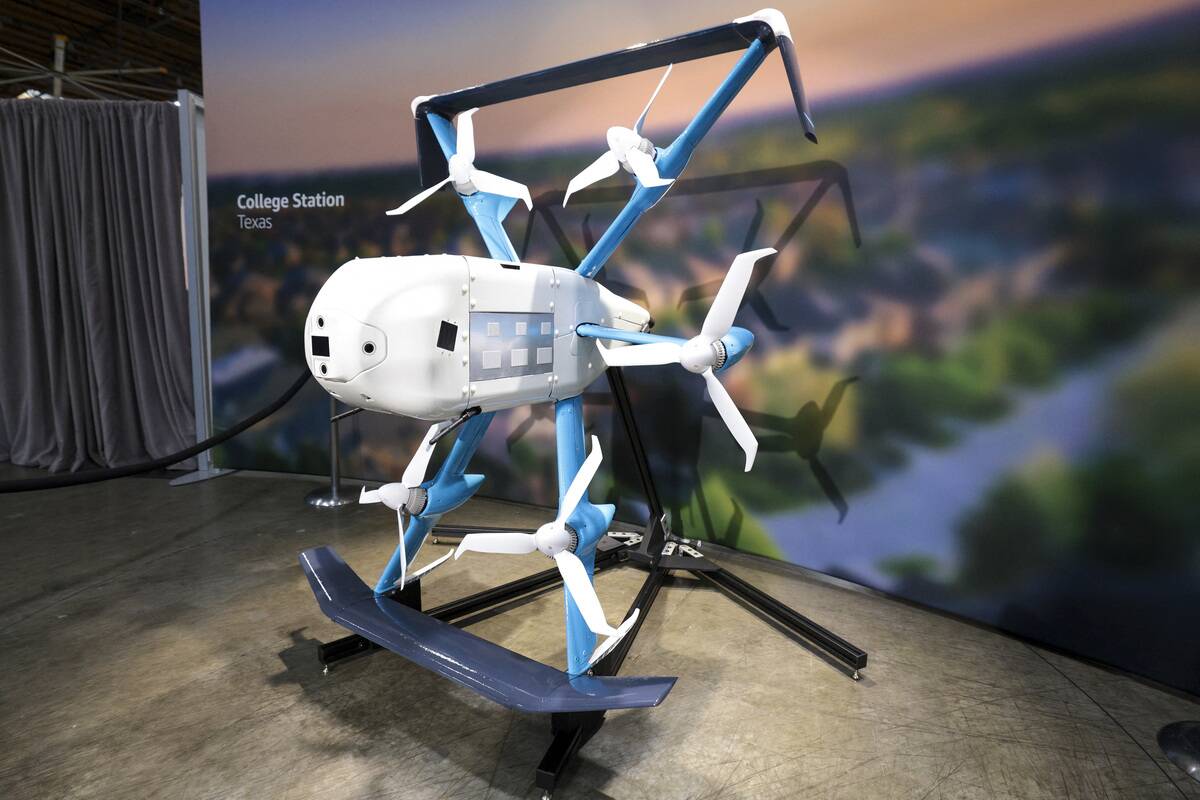
Drones were expected to transform package delivery, offering swift, autonomous services. While companies like Amazon have tested drone deliveries, regulatory hurdles and logistical challenges have slowed widespread implementation. As of 2023, drones are mainly used for niche applications like aerial photography. The dream of drone delivery remains tantalizing, with the tech still evolving. Until then, we’ll wait for the day when drones become as common as delivery trucks.
The Myth of the End of Cable TV
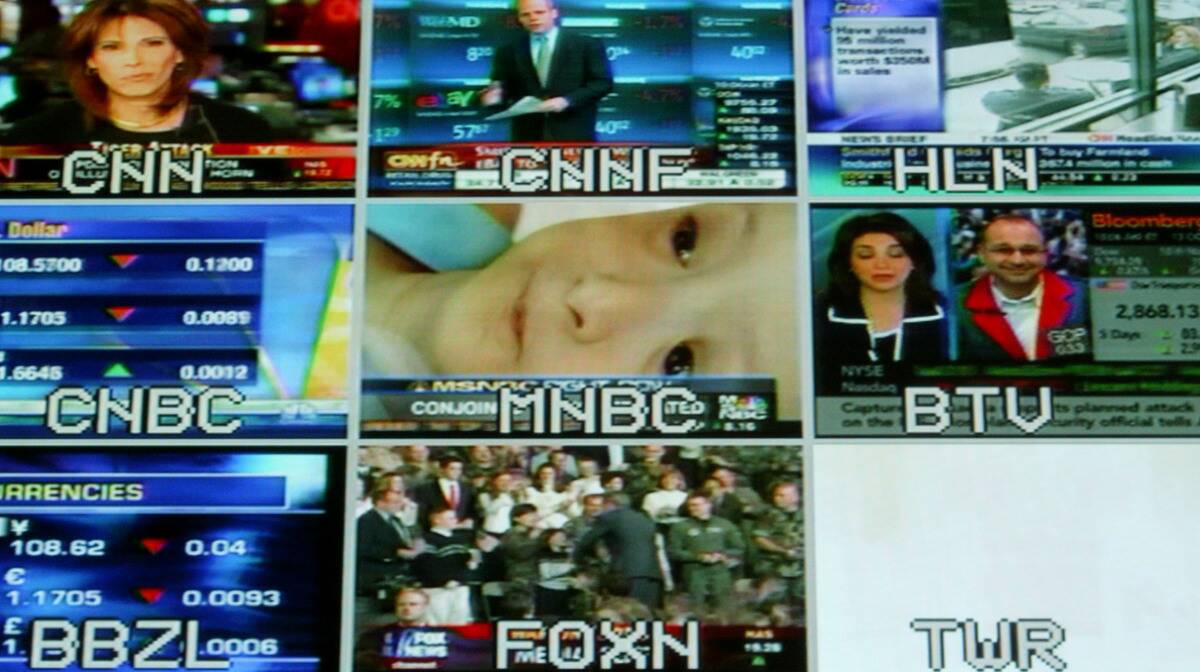
The rise of streaming was predicted to kill cable TV, yet it remains a staple in many households. While cord-cutting has increased, cable subscriptions still account for significant viewership. Cable adapts by bundling internet services and exclusive content. This ongoing evolution highlights the resilience of traditional media in adapting to new consumer habits. The enduring presence of cable TV shows that sometimes, predictions of demise are greatly exaggerated.



